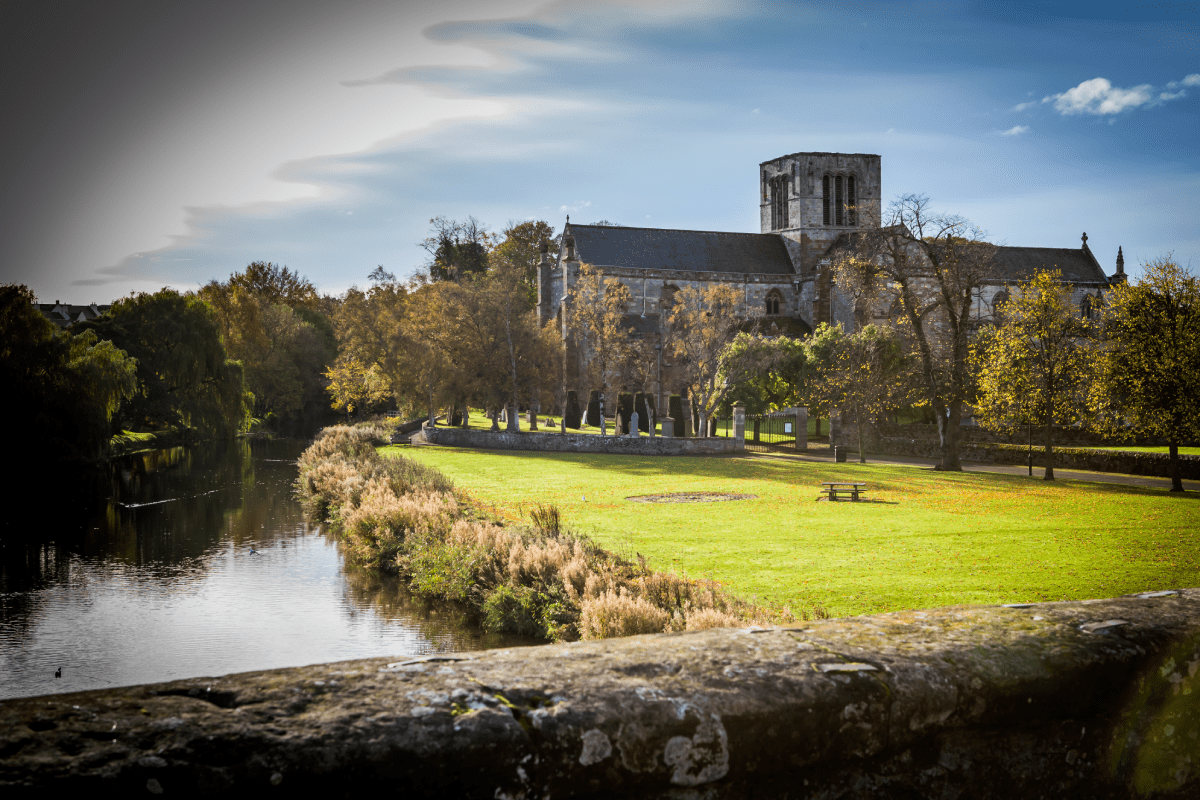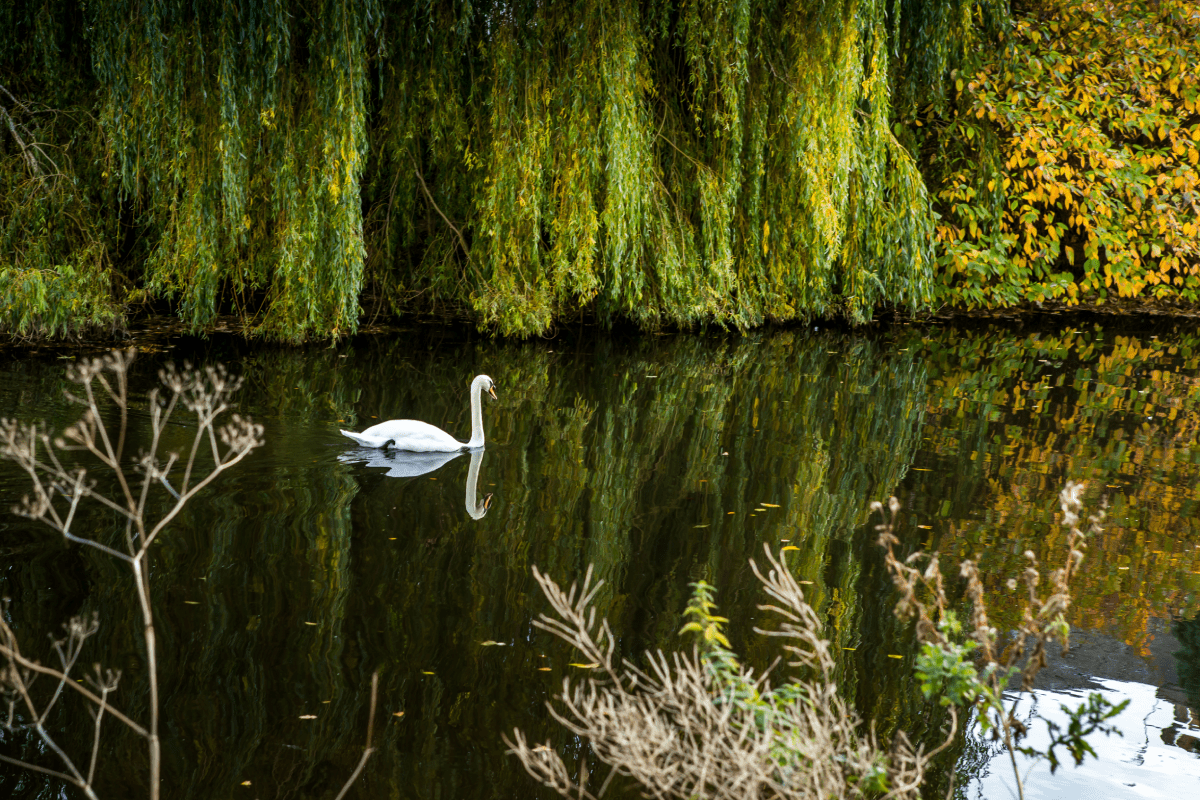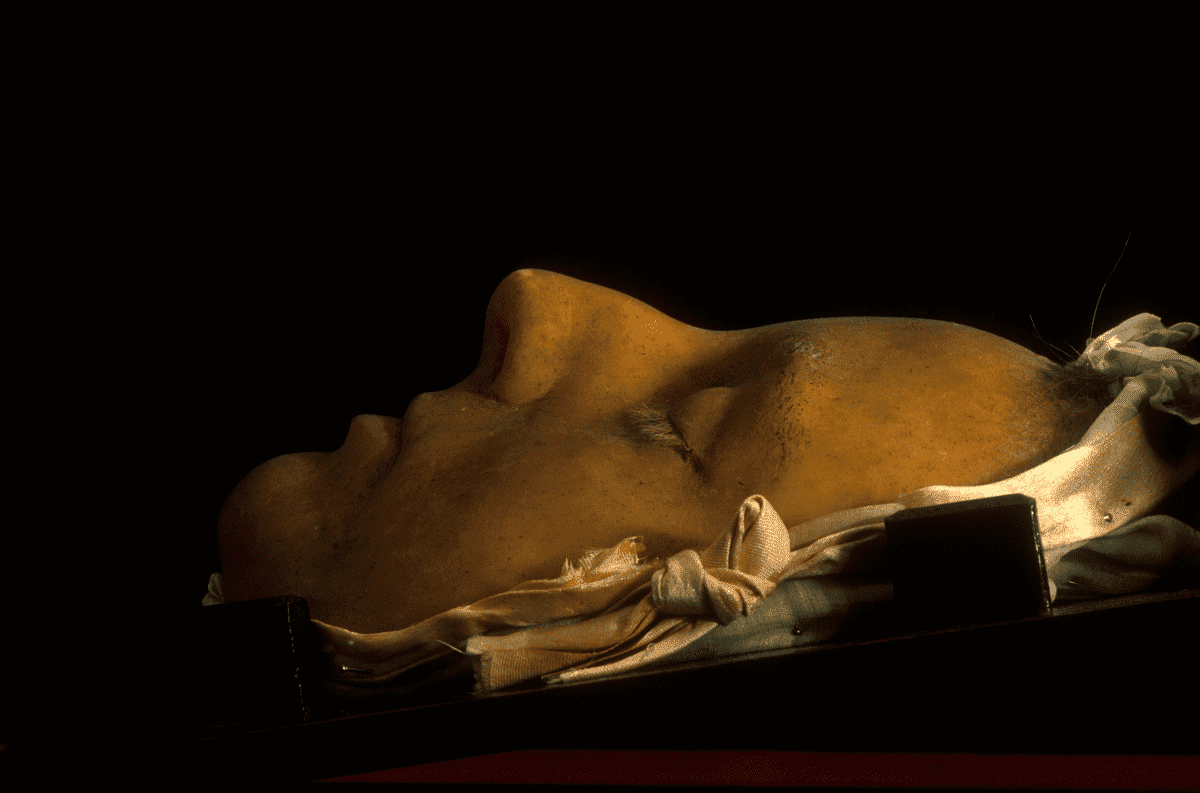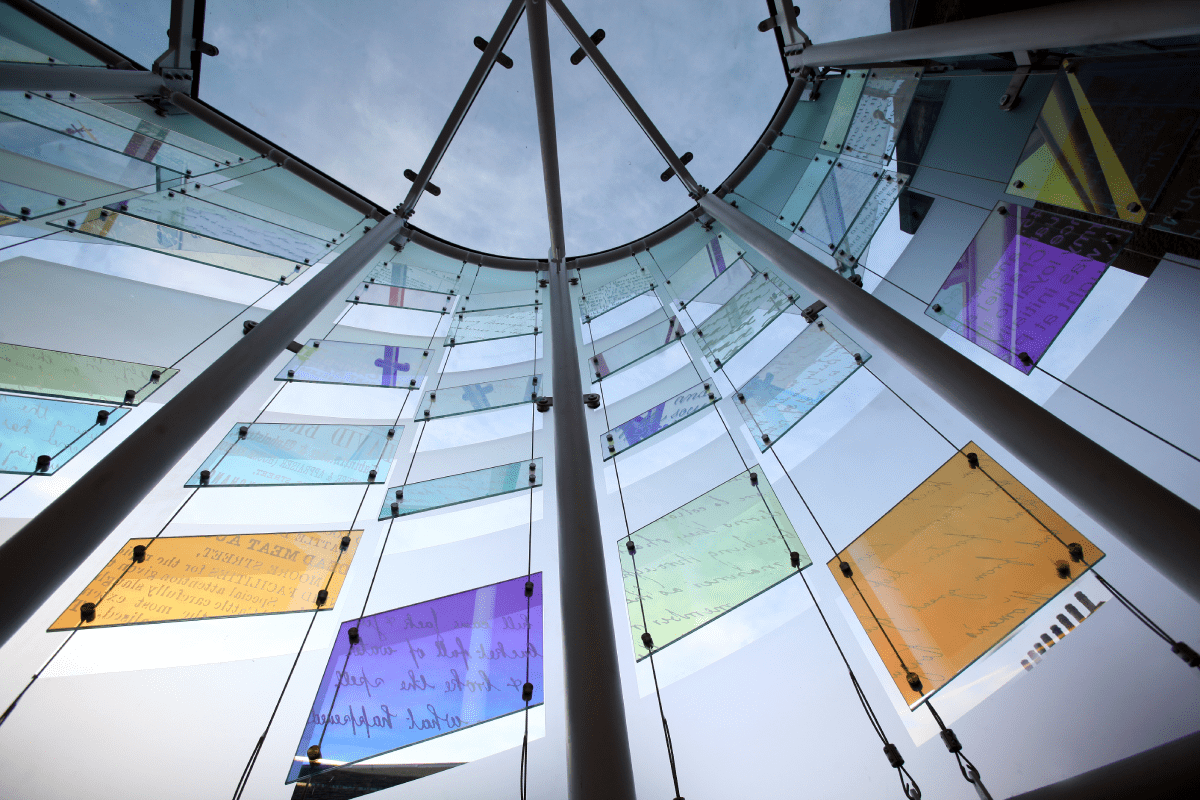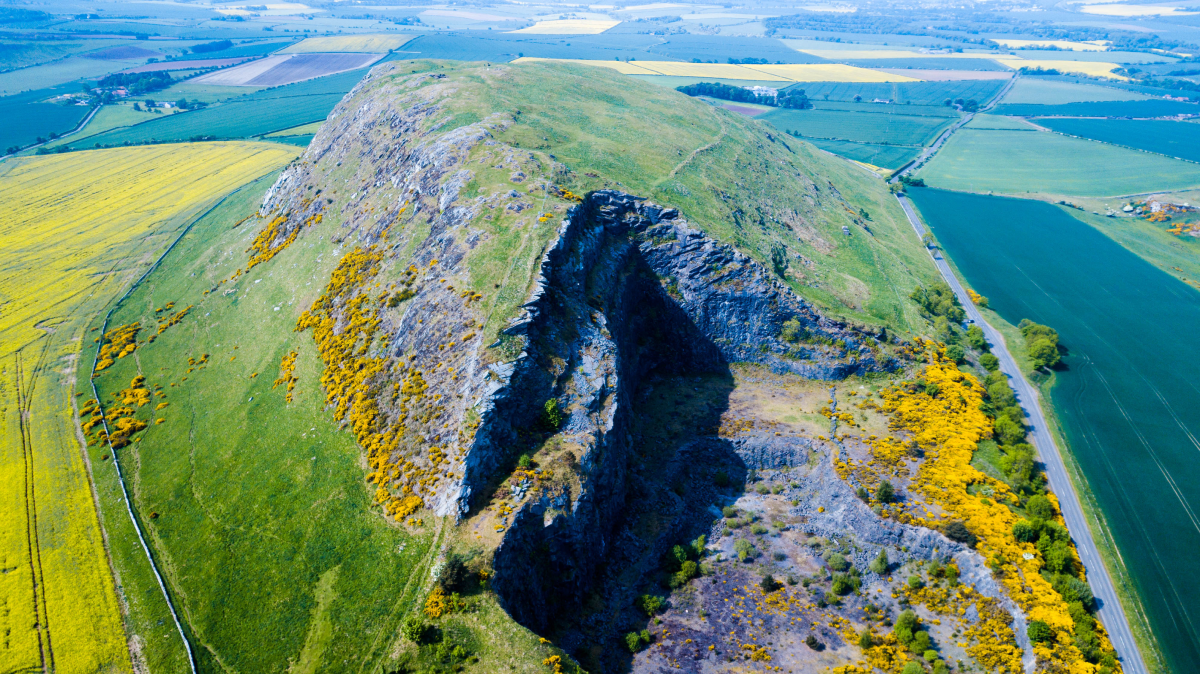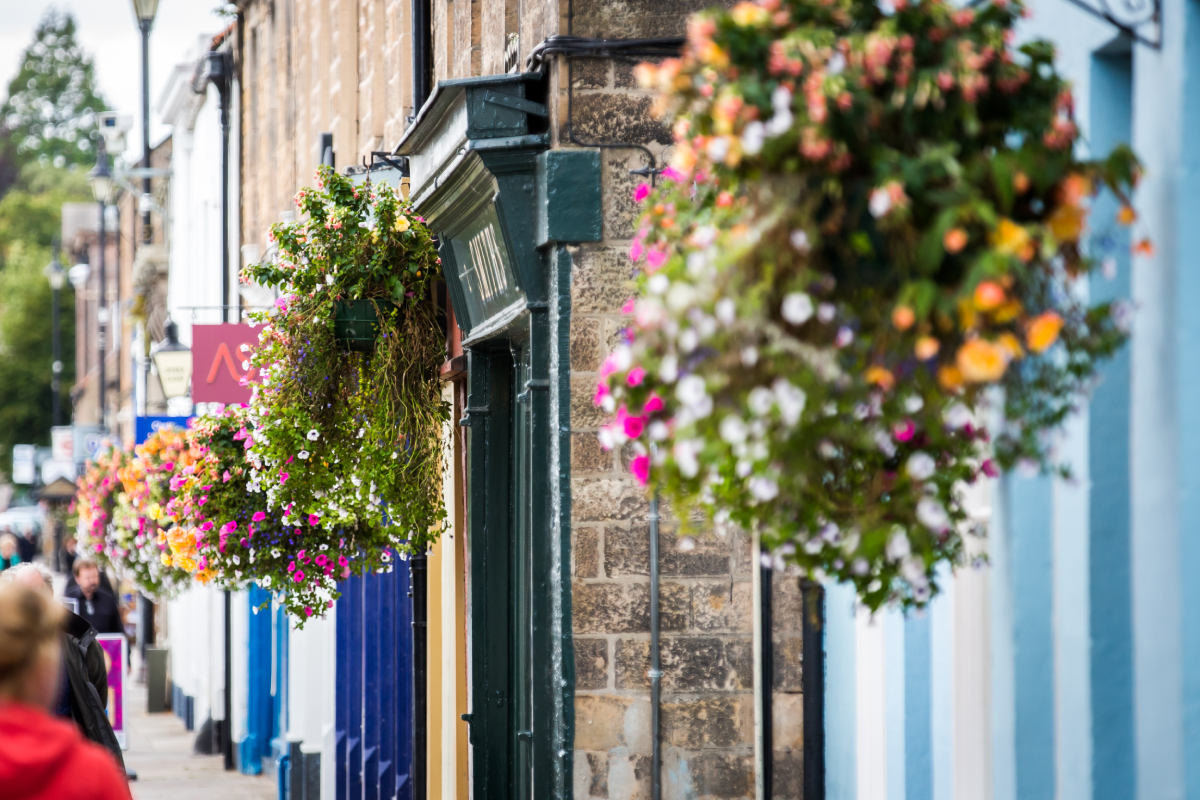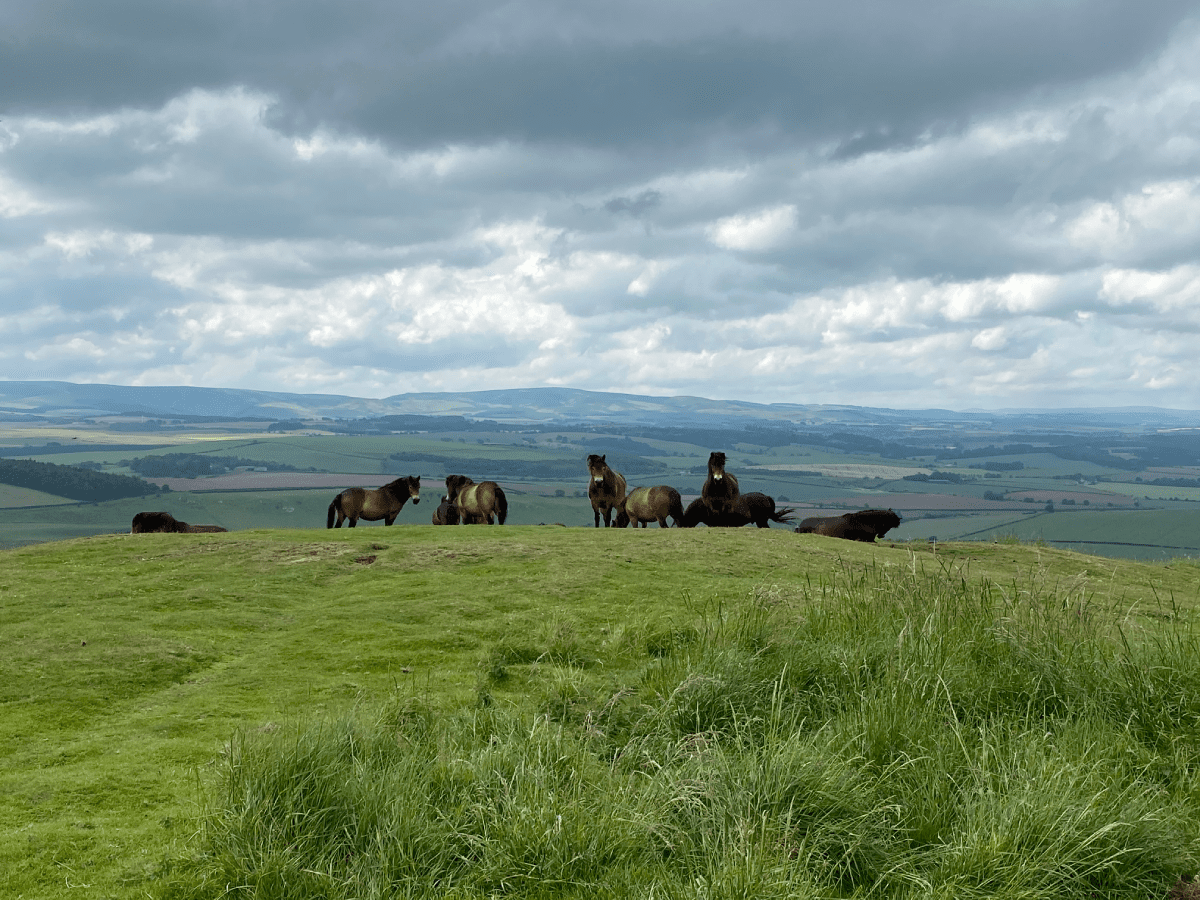Haddington
The market town of Haddington is 18miles (29km) from Edinburgh situated beneath the Garleton Hills on the banks of the River Tyne and known as ‘the hidden toun’.
Agriculture is the basis for Haddington’s prosperity and people still enjoy Haddington Farmers’ Market on the last Saturday of every month. The town centres around the High Street and Market Street which are linked with traditional wynds and closes. There is a good mixture of shops including many independent retailers, cafes and restaurants.
Haddington was a gateway to Edinburgh on the Great North Road and suffered many attacks from marauding armies over the years. English invaders brought havoc to the town on many occasions.
From 1543 to 1548 ‘The Rough Wooing’ took place when Protestant England wanted to end the alliance between Catholic Scotland and France which posed a threat by securing marriage between the infant Mary Queen of Scots and the young Edward Prince of Wales, son of Henry VIII. The Scots rejected this and in 1544 the English laid waste to much of the south of Scotland in an attempt to secure the deal. Fighting continued until 1548 when the Scots signed the Treaty of Haddington which meant Mary would marry the Dauphin of France and thwart the English plans.
Haddington has some impressive architecture. The imposing 1748 town house was designed by William Adam, and nearby is the post office which opened in 1603 – one of the very first in Scotland. St Mary's Church, which dates from the 14th century, is one of the three great pre-reformation churches in the Lothian’s and the largest parish church in Scotland. It has a turbulent past and was ruined during the siege of Haddington in 1548-49. John Knox, leader of the Scottish Reformation who was born in Haddington pushed for repairs. Restoration took place over the years with the last being in the 1970s.
Nearby is Traprain Law, the site of an Iron Age Fort with evidence of occupation as early as 1000BC and below the Law on the banks of the Riven Tyne and the picturesque Hailes Castle.

